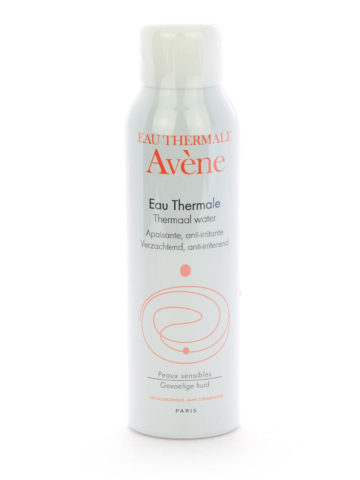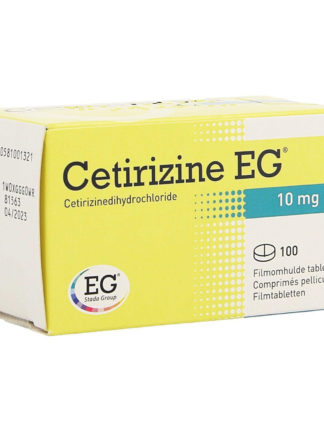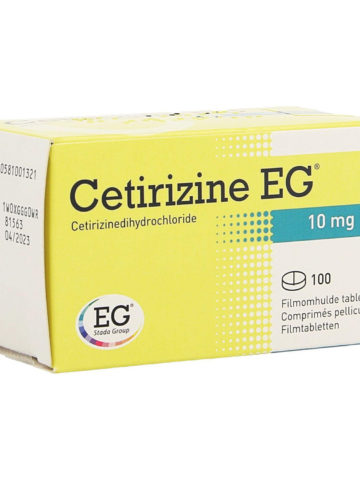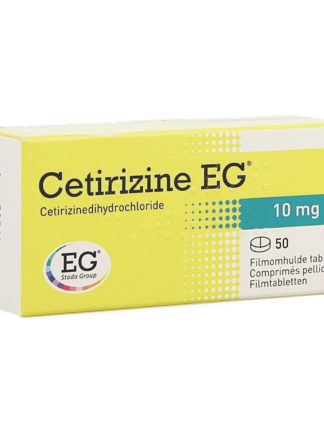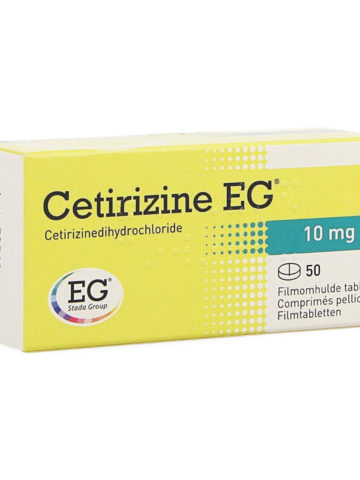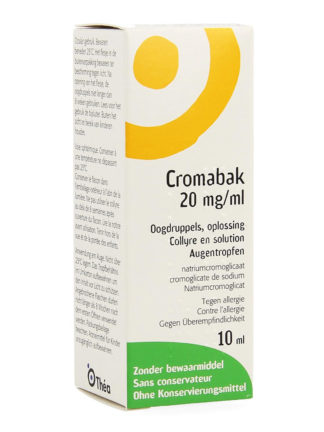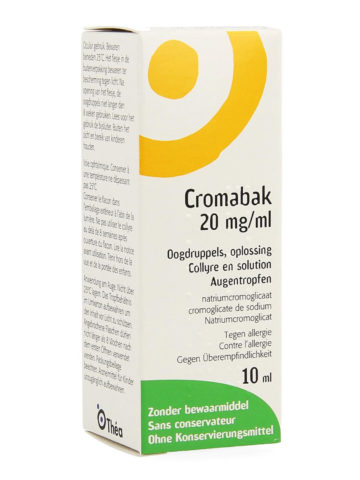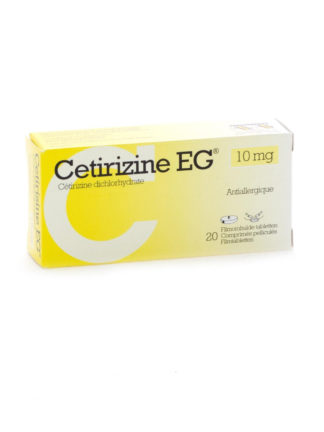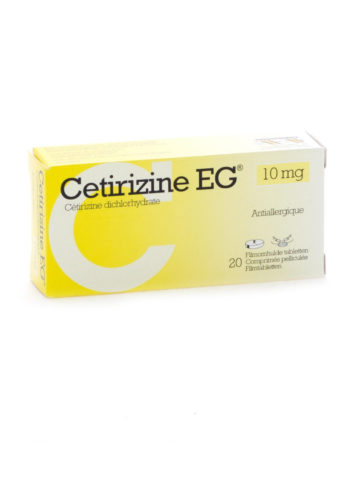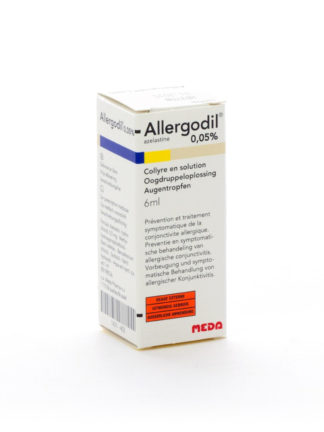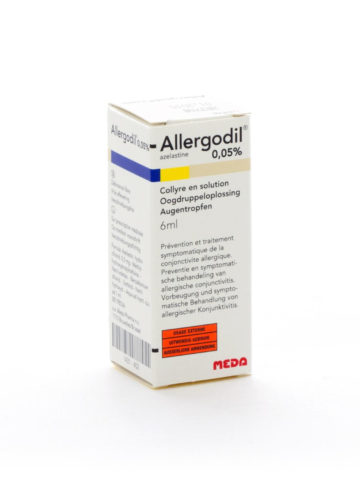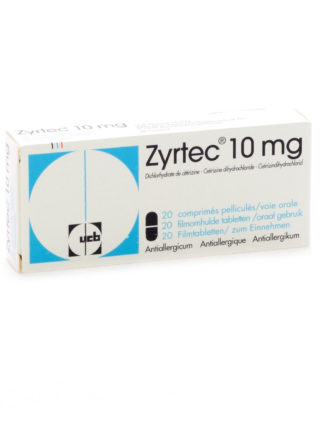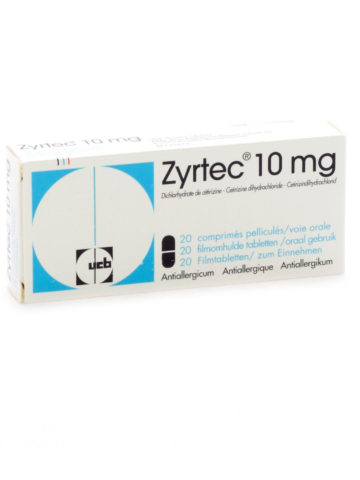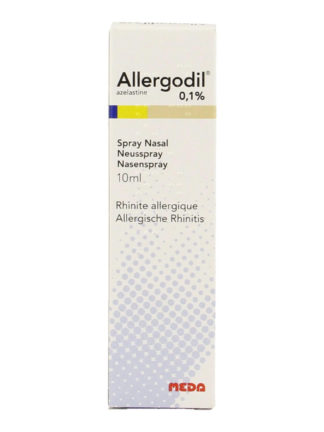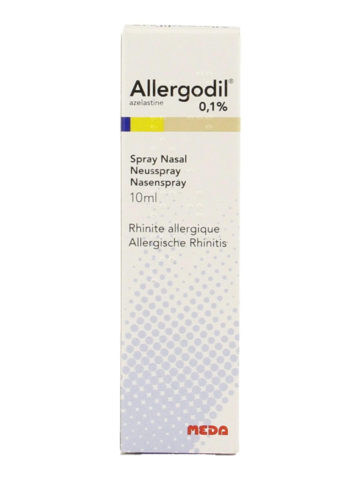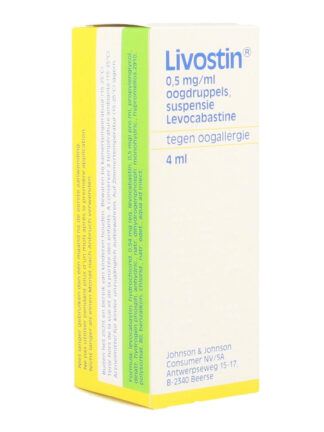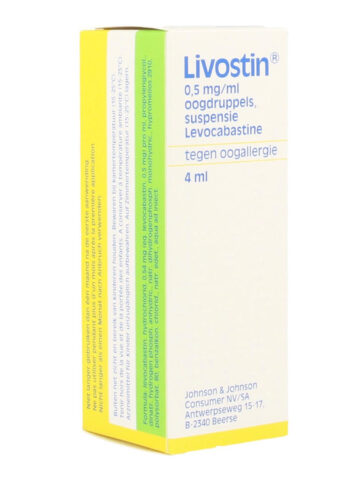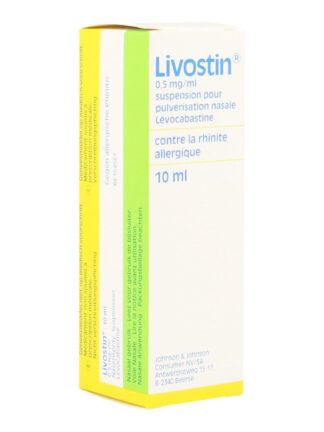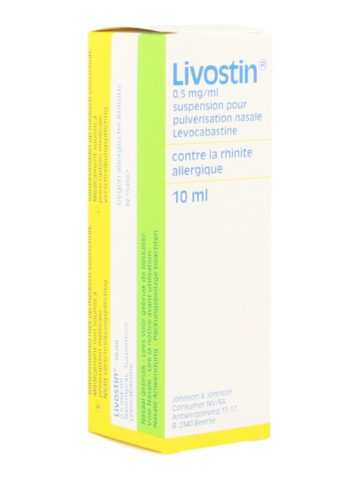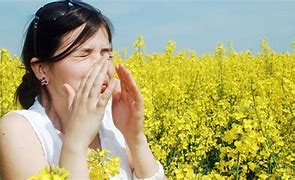
What is hay fever and what is allergic rhinitis?
Millions of people – children, young people, adults – have it, many know it: hay fever. It is the most common allergy in developed countries. Contrary to what is suspected, those affected are neither allergic to hay nor have a permanent cold. Rather, they are troubled by plant pollen, the smallest pollen particles from trees, grasses and herbs in the air.
The pollen allergy, also known as “pollinosis” or seasonal allergic rhinitis, is tied to the time of the pollen flight, high season: April to August. If the weather is clear, late bloomer pollen can still be active until September or October and cause symptoms to allergy sufferers. Or the first early blooming pollen swarms out as early as February or March. Accordingly, allergic people sometimes even have hay fever symptoms in December or January. The term allergic rhinitis is a generic term for all types of allergic runny nose that are triggered by allergens in the air (aeroallergens) – outside and inside. When we talk about hay fever below, we are talking about allergic rhinitis caused by plant pollen. Allergic runny nose caused by dust mites is also common. What it has in common with the somewhat less common allergy to mold or animal hair is that it can lead to complaints all year round.
Hay fever – allergic runny nose: typical symptoms?
Sneezing attacks, runny nose and stuffy nose, itchy, burning or watery eyes – these are the characteristic symptoms of an allergic runny nose. Accordingly, doctors diagnose allergic rhinoconjunctivitis.
Many sufferers also feel uncomfortable itching or a burning sensation in the throat, on the mucous membrane of the throat. Some patients with allergic rhinitis are also prone to inflammation in the ear, nose and throat area, for example in the paranasal sinuses: the mucous membranes here sometimes react particularly sensitively to various stimuli, such as air pollutants and pollen. Swelling can hinder the flow of secretions and ventilation. This in turn favors infections.
An overview of hay fever remedies
Antihistamines: The typical allergic complaints such as nasal congestion, runny nose or itching and burning eyes usually respond quite well to antihistamines in the short term. The eye drops should be as free from preservatives as possible, as these can cause allergies themselves; Single-dose preparations are also practical here. Fatigue as a side effect is rarely observed with newer antihistamines. You may want to check how your body reacts to the antihistamine. This is especially true for active road users. It is usually best to take it in the evening.
Cortisone: In the case of severe symptoms, cortisone preparations help briefly, also as a nasal spray for topical use. Experience has shown that those who are particularly badly plagued should use the cortisone spray a few days before the pollen counts, as it only begins to work after one day.
Leukotriene receptor antagonist Montelukast: Leukotrienes are among the inflammatory substances that contribute to allergic asthma and hay fever. In connection with asthma, the doctor may suggest basic therapy with a so-called leukotriene antagonist. The drug (film tablets or chewable tablets for oral use) complements the treatment with cortisone sprays for inhalation.
Cromone: They stabilize the mast cells in the run-up to the allergic reaction and slow down the release of histamine and other inflammatory substances. Cromone can also help against seasonal and year-round colds. However, they are considered to be comparatively less effective. They are not suitable for treating an acute asthma attack. They must also be used at least one week before the expected pollen count. Cromone are available in many preparations: as a solution, powder capsules or metered dose aerosol for preventive inhalation treatment in allergic asthma, as a nasal spray and eye drops to shield the nose and eyes, or as capsules for ingestion, for example against allergic symptoms in the case of food allergies.
Your pharmacy team will be happy to advise you!
